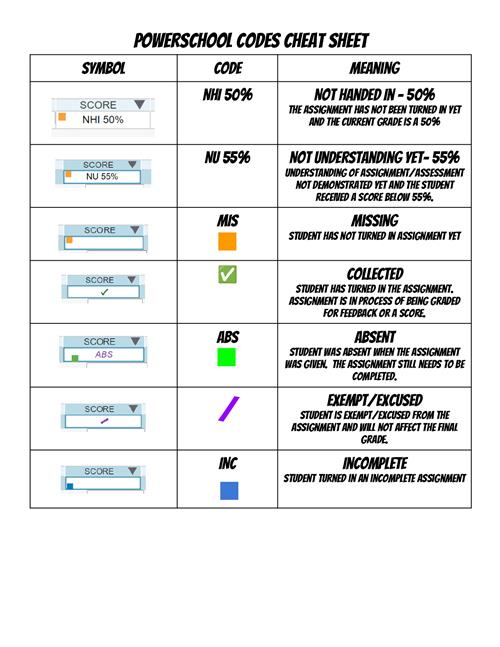Translate
I Want To...
- Horizon Community Middle School
- HCMS Grading Philosophy & Practices
Academics
Page Navigation
-
Horizon Community Middle School
Grading Philosophy & Practices
Using the text Grading for Equity (by Joe Feldman) as a guide, and working in conjunction with schools in our feeder area, we have examined traditional grading practices that often result in inequitable outcomes for students. As a staff, we have agreed to use our Equitable Grading Practices throughout our school. We are also continuing to examine additional ways to improve our grading systems, including the use of a standards-based approach and consistent rubrics, practices which some teachers have already implemented.
HCMS Grading Purpose: Equitable Grading
HCMS Grading Philosophy: Grades represent a demonstration of learning and growth. Grades should not be a reflection of student behaviors. Gradebooks are used as a tool to communicate student progress towards understanding of subject-specific skills.
Equitable Grading Practices
· 50% is the lowest possible grade. This practice allows letter grades to carry equal weight and does not penalize students as they continue to learn skills. In PowerSchool we use codes such as NHI – 50 (Not Handed In) and NU – 55 (Not Yet Understanding) for this reason.
· We encourage retakes & redos for full credit. This practice promotes continuous growth in learning as opposed to viewing opportunities to demonstrate learning as one-time events.
· Feedback, not a grade, is given on homework. Students may be encouraged to practice or read outside of class to reinforce understanding of subject-specific skills, but we do not penalize students if they are not able to complete work outside of school hours.
· Work is accepted for full credit when it is turned in. We do not penalize students if they are best able to demonstrate their learning at different times than their peers.


